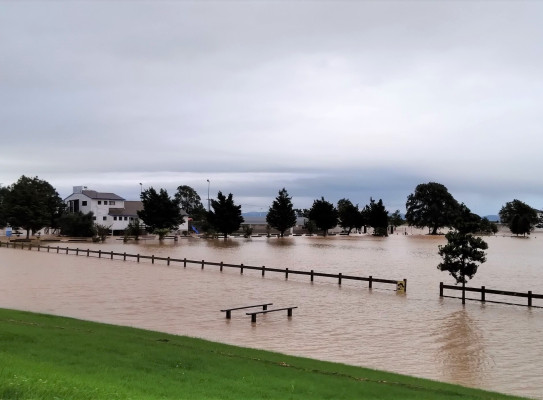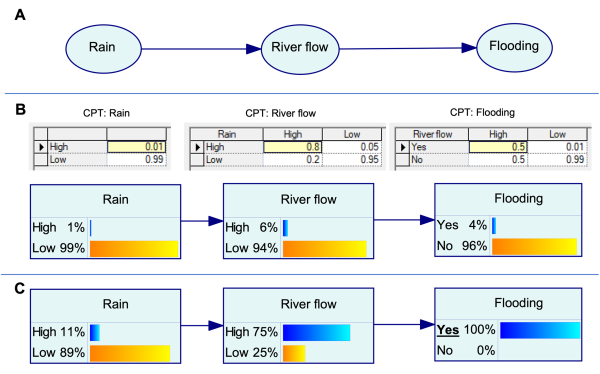Overview
When large rainfall events cause the Kauaeranga River to flood, the river is designed to divert over a sports field and a section of SH25 just south of Thames township. When that happens, Thames is effectively cut off from the south.
The Kauaeranga Spillway is only used in rare/ infrequent extreme events (13 times in the last 30 years), but it is an essential tool to divert potentially damaging flood waters from residential and commercial properties.
However, the Waikato Regional Council (WRC) find it difficult to predict in advance when the spillway will be operating, with monitoring techniques including six-hourly MetService warnings, precipitation, and river gauges, and ultimately in-person observation of river levels. WRC, working with Civil Defence and Waka Kotahi, has to put appropriate road management in place, and has very little time to alert affected communities.
Waikato Regional Council worked with GNS Science to help improve their emergency preparedness by coming up with a statistical model to answer this key question:
What is the likelihood that the Kauaeranga Spillway will be in operation [road inundated] in the next six hours?


